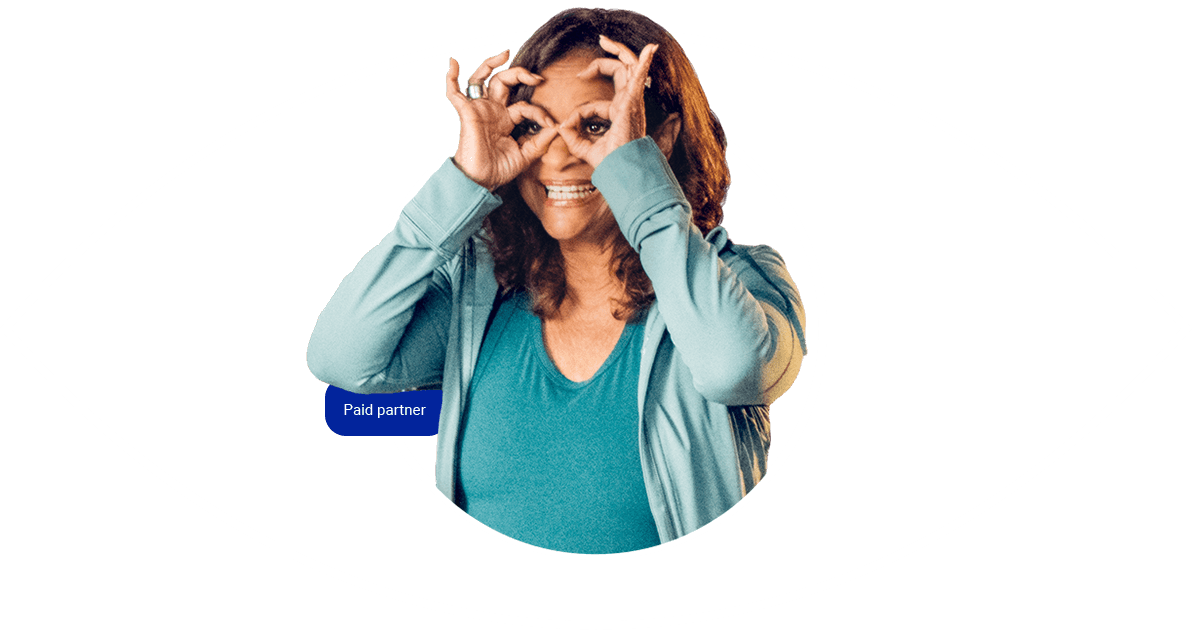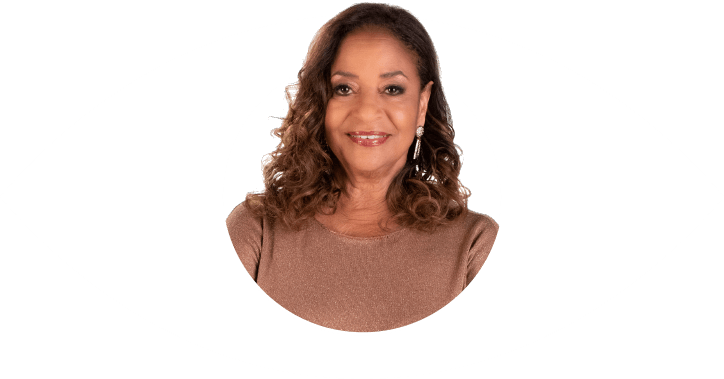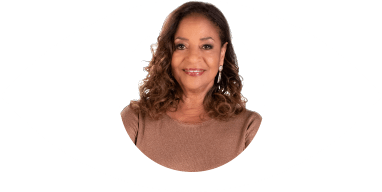
Use the ![]() of every month to
of every month to
check in on your eye health.
In collaboration with: ![]()
Keep Your Vision in Focus with
the Gr8 Eye Movement
“Changes in my vision could affect the way I dance,
act, direct, and live my life – and I don’t have time for
that! That’s why I’m joining the Gr8 Eye Movement.”
Join Debbie and prioritize your vision, too.
It’s simple – the reminder is right in the name!

Debbie Allen,
Internationally recognized director,
choreographer, author, dancer, and actor


Retinal disease
and its risk factors

Retinal disease can lead to damage to the retina, the light-sensitive tissue in the back of the eye. Retinal disease can result in visual impairment and vision loss. There are several health and lifestyle factors that could put you or a loved one at greater risk for retinal disease and potential vision loss. Review closely to learn and consider if any of these risk factors apply in your life.
After the age of 60, you may be at an increased risk for developing Age-Related Macular Degeneration (AMD), a type of retinal disease that can cause potential vision loss. There are two types of AMD – dry and wet. Dry AMD is the most common and occurs when the appearance of small yellow deposits form under the retina. They can grow in size and stop the flow of nutrients to the retina, causing damage and potential death of the retinal cells that process light, leading to blurring or loss of vision.
In wet AMD, abnormal blood vessels grow under and into the retina and are fragile and often break and leak, which can cause vision loss. Wet AMD generally causes more rapid and more serious vision loss than dry AMD.
The risk of developing these conditions increases with age, so it is important for people 60 and older to pay special attention to any changes in vision. Schedule regular eye exams to check for any signs of retinal damage and schedule an appointment to see your eye care professional promptly if you notice any changes in vision. When detected early, treatment may be available to help reduce the risk of vision loss.
Although diabetes affects people of all races and ethnicities, it is more prevalent in certain racial and ethnic groups. If left uncontrolled, this can lead to complications that may impact your vision, including Diabetic Retinopathy (DR), an eye disease caused by chronically high levels of blood sugar from prolonged diabetes. African Americans, Hispanics/Latinos, and American Indians/Alaska Natives are groups that are at higher risk of developing DR.
Diabetic Macular Edema (DME) is a complication of DR. DME is caused by blood vessels leaking fluid into a part of the eye called the macula, which is responsible for sharp central vision and seeing fine detail. DME can occur at any stage of DR. DR often does not have any signs or symptoms in its early stages. However, as the disease becomes more severe, the damaged blood vessels can leak fluid and cause vision loss over time.
Lifestyle factors, such as a history of smoking and lack of physical activity, can increase your risk of developing certain retinal diseases, such as Age-Related Macular Degeneration (AMD) and Diabetic Retinopathy (DR).
Quitting smoking may help decrease the risks of developing certain eye diseases or slow disease progression.
You can also reduce lifestyle risks by eating a nutritious diet and getting regular physical activity.
There are several health conditions that can lead to an eye disease which may cause vision loss. As part of your eye health management, it is important to speak with your primary care physician and/or eye doctor about how these conditions could lead to vision changes.
- Poor circulation in the eyes due to heart disease such as high blood pressure and high cholesterol can lead to changes in vision.
- People with diabetes have an increased risk of retinal diseases such as Diabetic Retinopathy (DR) and Diabetic Macular Edema (DME) as high blood sugar levels may damage the blood vessels in your eyes. Controlling your blood sugar is important in protecting your eye health.
- Obesity can contribute to various health issues, like increasing your risk of developing high blood pressure, high cholesterol, and diabetes. These health conditions can then lead to vision issues.


If a lot of this information is new to you, you are not alone

Many people juggle multiple health priorities. Their eye health may fall towards the bottom of the list. We surveyed people in the U.S. who are at risk of retinal diseases, and their loved ones, about how they manage their vision.* Here are their responses:
*Data on File: Survey was conducted between May-June 2023 with 667 adults age 55+ who are at-risk for wet AMD, DME and DR. Qualified participants included those diagnosed with any of these conditions: diabetes or pre-diabetes, obesity, heart disease, high cholesterol, or high blood pressure or a family history of AMD or diabetic eye disease and no current diagnosis of wet AMD, DME or DR.


Resources to help monitor vision and maintain your eye health

Here are some resources to help you monitor your vision and manage your eye health if you are or think you may be at risk of vision loss. As you learn more, you can feel confident to have more meaningful conversations with your healthcare professional.
Amsler
Grid
With this simple, printable tool, you can be proactive in monitoring your vision between eye doctor appointments. By using the Amsler Grid regularly, you can help catch vision changes early and follow up with your eye care professional for appropriate management.
Download Amsler Grid
Wet Age-Related
Macular
Degeneration
(Wet AMD) Info Sheet
This brochure provides information about the common risk factors of developing wet AMD and how the condition is diagnosed. It also includes tips on how to help protect against vision loss if you have certain risk factors.
Download Wet AMD Info Sheet
Diabetic Eye
Disease Info Sheet
This brochure provides information about the common risk factors for developing both Diabetic Retinopathy (DR) and Diabetic Macular Edema (DME) and how the conditions are diagnosed. It also includes tips on how to help maintain healthy eyes if you have diabetes.
Download Diabetic Eye Disease Info Sheet
Living Well
with Low Vision
A unique collection of information, tools, and directories from Prevent Blindness for use by patients, caregivers, and healthcare professionals. Gain access to online resources that can help you and your loved ones find support.
Access Information CenterCourtesy of: ![]()

Sign up for
eye health
reminders!


All fields required


